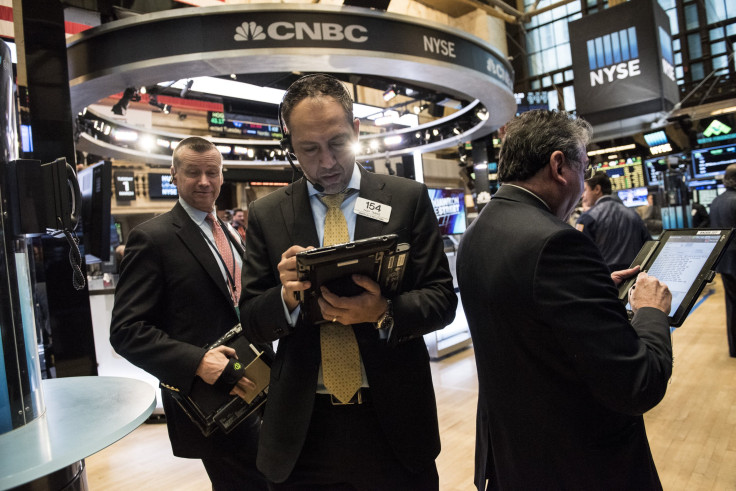US Jobs Report: Hiring In February Expected To Accelerate After Lower-Than-Expected Growth In January

The U.S. jobs report for the month of February, due Friday, is widely expected to show that employers added 190,000 jobs — up from a preliminary reading of 151,000 in January — and that the unemployment rate held steady at 4.9 percent. Investors would closely watch Friday’s jobs data for clues to when the Federal Reserve might next raise interest rates.
“We’re in that phase where you’re always looking ahead to the next numbers, so [Friday’s] employment data will be key,” Bill Nichols, head of U.S. equities at Cantor Fitzgerald, told the Wall Street Journal.
Improved growth outlook, coupled with signs of inflation creeping up, could prompt the central bank to lift borrowing costs further in June.
The nonfarm payrolls report will be especially important as an indicator for the future path of inflation. Employment gains in February are likely to be concentrated in the services sector, with mining probably losing more jobs and manufacturing reversing some of January's surprise increase.
Average hourly earnings are forecast to increase 0.2 percent after surging 0.5 percent in January, providing Fed policymakers a gauge inflation outlook after recent indicators gave at least some hope that inflation is edging toward the central bank’s 2 percent goal.
A strong labor market would also ease fears that the U.S. economy is heading into recession — a fear that spiked in December in the wake of weak domestic economic data and slowing growth in China. However, in the same month, after raising interest rates for the first time in nearly a decade, Fed Chairwoman Janet Yellen pegged the chances of the U.S. economy entering a recession at 10 percent.
“The employment data should reinforce that the recession debate is premature and overdone, and could strengthen the case for the Fed not waiting too long,” Ryan Sweet, senior economist at Moody's Analytics in Westchester, Pennsylvania, told Reuters.
© Copyright IBTimes 2024. All rights reserved.












